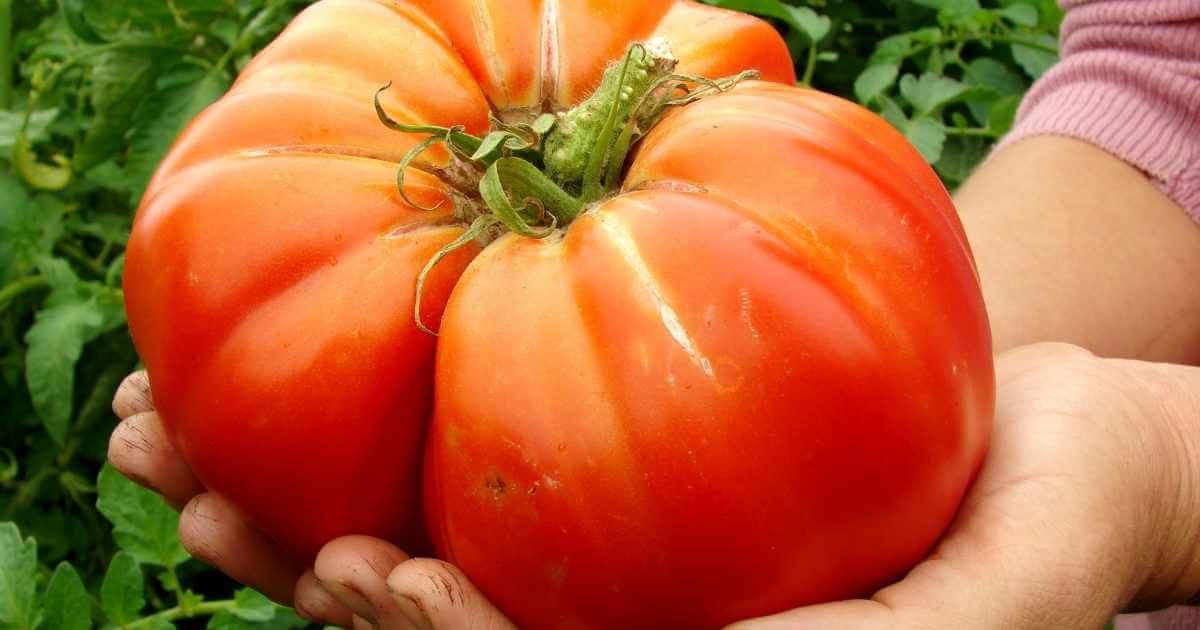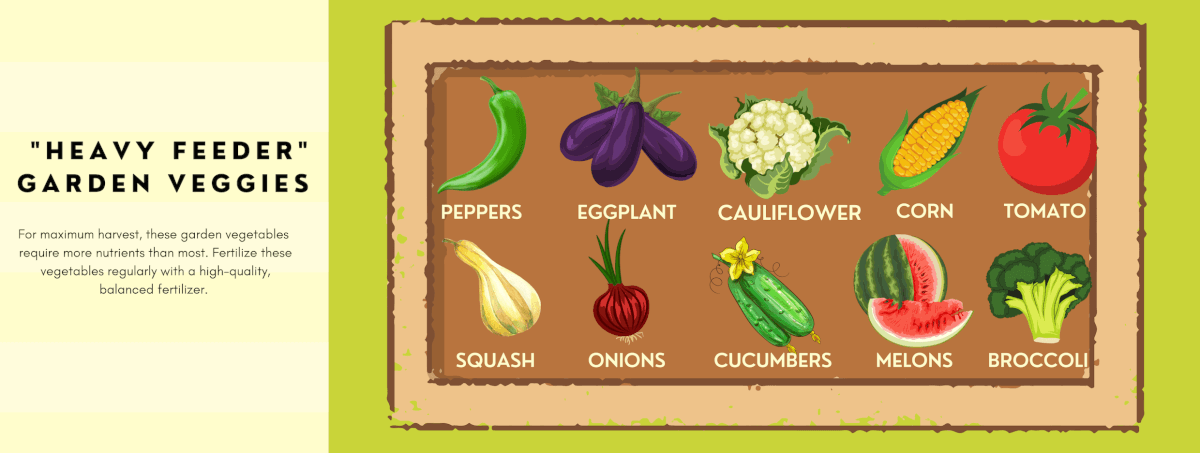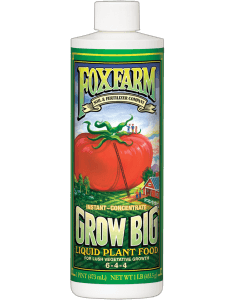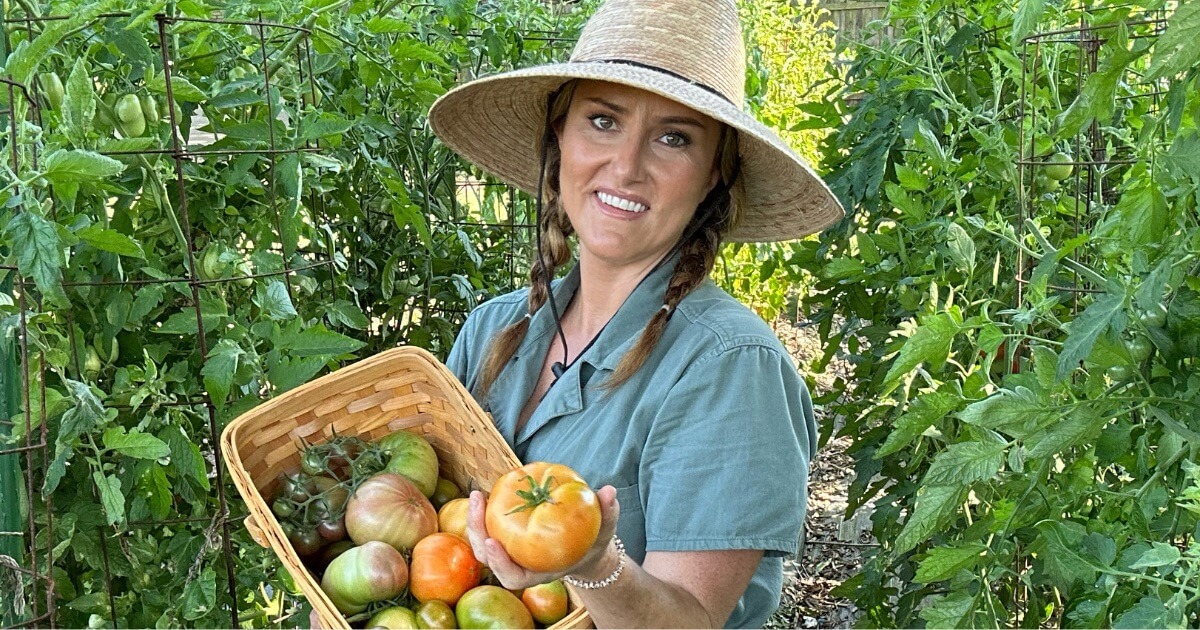
If I had to grow only one thing for the rest of my life it would be big, juicy, heirloom tomatoes. There is just nothing like the taste of a homegrown tomato, and it’s literally something that you can’t buy.
Yeah, yeah, I know there are tomatoes in the grocery store labeled as “heirlooms”, but have you tried them? Blech! Cardboard. Nope, there just isn’t anything better than a tomato grown at home.
Which is why my goal is to help you grow the best tomatoes ever in your own backyard. Step one? A really solid fertilization program.
Tomatoes are heavy feeders
There are certain vegetables that are categorized as “heavy feeders”. These are crops that require higher levels of nutrients to reach their full potential. Examples of heavy feeding crops include
corn, beets, cole crops (broccoli, cauliflower), pumpkins, cucumbers, squashes, and yes, tomatoes.

Though good soil-building techniques go a long way toward meeting nutrient needs of heavy feeders, a supplemental feeding program is typically necessary to ensure strong yields.
A good supplemental feeding program includes:
- High-quality
fertilizer from trusted, tested brands - Consistency of application in accordance with the
fertilizer instructions
Frequency matters
Naturally, the quality of your
Even if you buy the best
How often should you apply fertilizer ?
First and foremost, you should ALWAYS apply your
Once you’ve determined the rates and frequencies recommended by the manufacturer, you can then adjust the application frequency to suit your needs. For example:
I like to fertilize all of my tomatoes on a weekly basis, every Saturday. That way, I never have to wonder, “Did I fertilize last week or not?” If it’s Saturday, then I’m fertilizing. So, if the
Simply adjust application to a frequency that works for you, but always keep it consistent.
Tomato fertilizer favorites and when to use them
To grow the biggest and juiciest tomatoes possible, I rely on a selection of different fertilizers. Each one meets specific nutritional goals for the various stages of tomato growth. It took me many years to figure out what worked for North Texas conditions, but it was worth the effort. (Note: I don’t necessarily use all of these in one season. I’ll pick and choose based on plant needs/timing and availability.)
Here are my 6 favorite tomato fertilizers and how I use them:
1. Grow Big by FoxFarm
GrowBig is one of my favorite water-soluble fertilizers. I use it once my seedlings have 2-3 sets of true leaves (at half-strength) and then from transplant through fruiting (at full-strength).
2. Neptune’s Harvest Fish & Seaweed
Neptune’s Harvest is a gentle, fish and seaweed emulsion that I use for seedlings, as a transplant solution, and as a foliar feed. Frequent application of fish and seaweed emulsions are necessary if using as your sole
3. Medina Hasta Gro
Medina’s Hasta Gro
4. Happy Frog Tomato & Vegetable
Happy Frog Tomato & Vegetable is my go-to granular
5. Texas Tomato Food
Texas Tomato Food is a water-soluble
6. Compost
Great plants can only grow in great soil. Compost is the best soil-builder there is, and adding plenty of it to your garden each year will ensure the highest tomato yields possible. Before transplanting tomatoes into the garden, I incorporate 2-3 inches of high-quality, well-rotted compost to a depth of 6-8 inches.
The best compost is always homemade, but good local sources of bagged compost include Nicholson-Hardie, North Haven Gardens, Redenta’s, Ruibal’s, Jackson’s, and Calloway’s. For bulk deliveries, I recommend Alpine Materials or Vital Earth Resources.
Conclusion
Remember: great fertilizers are worthless if you don’t use them consistently. This concept is one of the biggest secrets behind my gardening success (that I learned while growing plants professionally).
Now that you know about these six excellent tomato fertilizers, make a plan for your fertilization schedule. Whether it’s weekly, bi-weekly, or monthly, create a strategy, stick to it, and watch the incredible results.
Do you have a favorite tomato
- Can Eating Tomatoes Help Prevent Weight Gain? New Study Says Yes - May 25, 2025
- New to Gardening? Join Our Step-by-Step Beginner Gardening Class - April 24, 2025
- Why “Intensive” Gardening is Not Good - March 9, 2025









It seems like you are overlapping on the use of Happy Frog and the Texas Tomato Food. Is that true? Will that not be too harsh?
Signed, a Tomato Grower Newbie
Thank you for pointing that out! I should clarify… These are all just my favorite fertilizers, but I don’t necessarily use them all in one season. I’ll pick and choose from this list based on need and availability. I will update the post to avoid any confusion. Thanks, again! CWL
We are trying to have an organic garden. Other than compost, are any of the above fertilizers organic?
Hi Doug! The Happy Frog and Neptune’s Harvest are both registered organic by OMRI (Organic Materials Review Institute). In addition to compost, those are going to be great fertilizer options for your organic garden. Both can be used season-long. Neptune’s Harvest also makes a wonderful foliar feed, and it’s gentle enough to use on delicate seedlings.